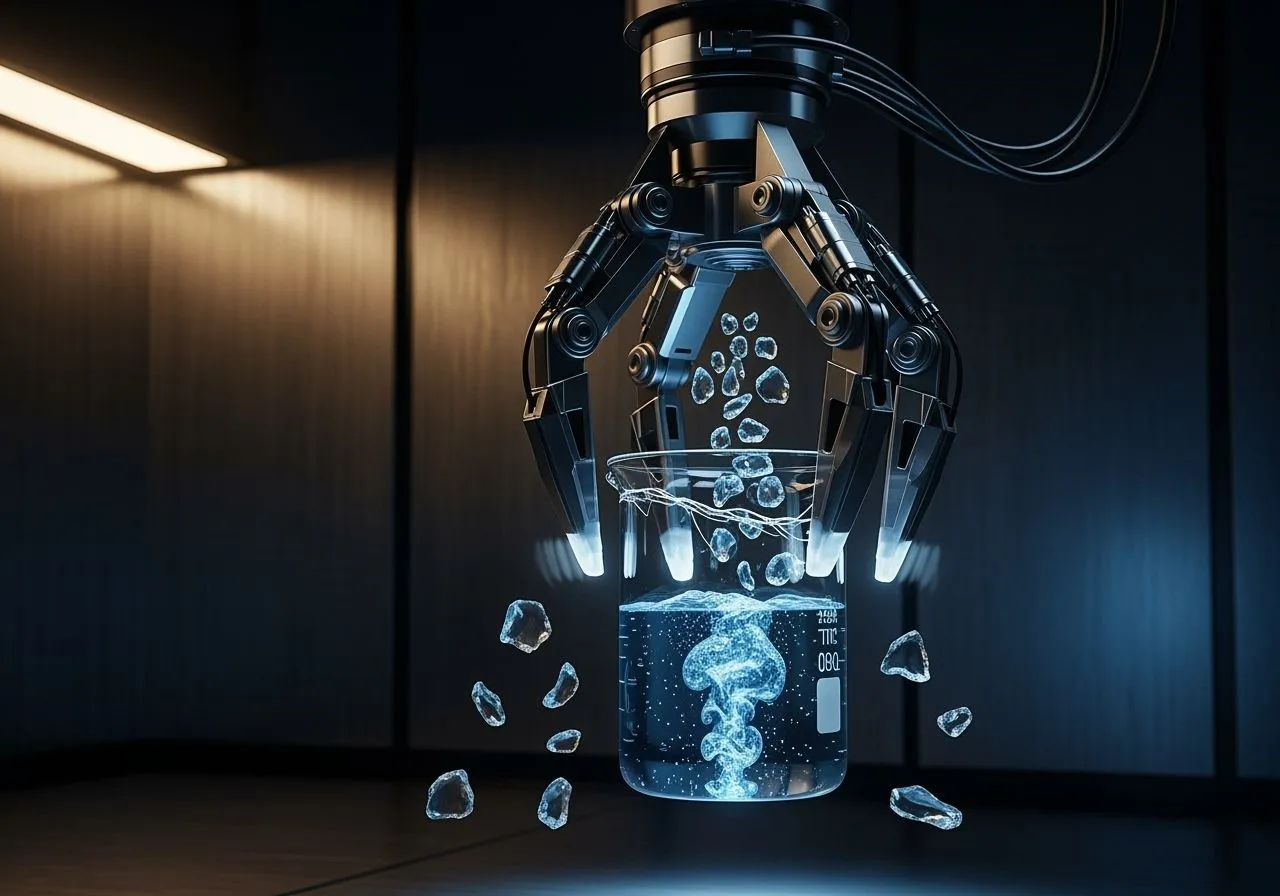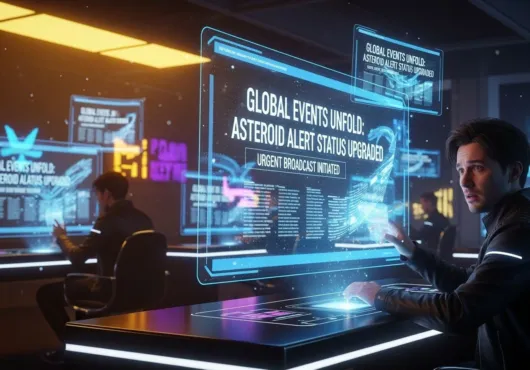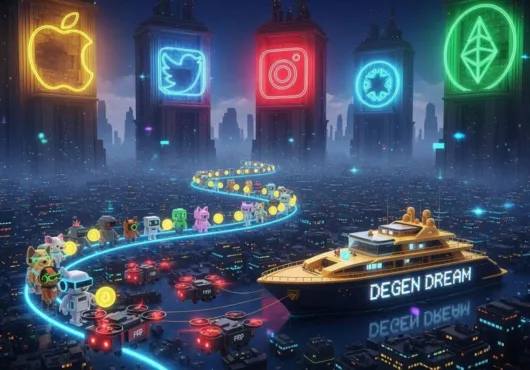Vision models hallucinate pixels. Embodied systems hallucinate forces. One wastes your time; the other makes glitter out of glass.
Cold open
The gripper swore the glass was obedient. The model said “secure.” Physics laughed. Two millimeters of slip, a polite micro-vibration, and a lab beaker turned into glitter. Vision models hallucinate pixels; embodied systems hallucinate forces—the same delusion, now with shrapnel.
Touch > vision. If they disagree, touch wins.
Latency kills grips. Budget microseconds; fail-soft on doubt.
Ship receipts, not demos. Log, bench, publish.
Vision confidence, broken wrists
On a screen, certainty is a percentage. In the real world, certainty is whether the object stays where you put it. Force estimation lives in the margins—surface oil, micro-texture, temperature, whatever your training run called “noise.” Call it noise long enough and it becomes a billable event. The robot didn’t “fail”; it simply believed the world matched its dataset.
When sight leads touch off a cliff
Multimodal stacks are great until they drift. A vision cue says “firm grasp,” haptics whispers “slip,” and arbitration chooses the pretty picture. The hand commits. The object disagrees. If your fusion logic resolves disagreements by trusting the camera, congratulations—you built a liar with great eyesight.
Latency is the quiet saboteur
Grasping is jazz, not sheet music. The beat is microseconds. You can’t close the loop with a cadence designed for dashboards. The moment you buffer for “stability,” you donate reality to lag. Then you’re explaining why a 30 ms delay turned a confident lift into a tiny avalanche.
Design the failure, not the demo
Success is boring. Failure is inevitable. Plan for it like adults:
Fail-soft grips. Pressure ramps that back off at first slip, then re-seek contact with smaller steps—announce that state change with motion you can read from across the room.
Retract to safe pose. Don’t hang in indecision. One path for doubt, every time. No “sometimes.” No secret timers.
Make motion legible to humans, not just plots
Robots earn trust by showing their math in motion. Tiny pre-squeezes before full clamp. Exaggerated re-centers after a slip. Slow, visible handoff to a human when the model’s out of distribution. Readability beats raw speed, because people forgive cautious honesty and punish confident nonsense.
The cheap rituals that save expensive things
Grease, heat, fatigue—boring details wreck expensive arms. Rituals fix culture. Wipe surfaces; warm up grippers; re-zero sensors; run a daily “known object” grasp as a calibration hymn. Post the results like a flight board. Nobody argues with habit they can see.
Explainability you can point at
Logs are not a diary for auditors; they’re a black box for hands. Record force vectors, slip events, arbitration decisions. When something drops, the answer shouldn’t be “we’ll investigate”—it should be a graph, a timestamp, and a change you can ship before lunch.
A taxonomy of tactile hallucinations
Name the ghosts so you can kill them.
Firm-on-paper: Vision says center-of-mass; grasp frame is off by a hair. Looks centered, torques say otherwise.
Confidence drag: Classifier certainty climbs while contact quality decays (rubberized optimism).
Haptic denial: Slip sensor fires, debounce window hides it, controller doubles down.
Dry friction cosplay: New objects mimic “good” friction coefficients for the first 200 ms, then skate.
Phantom normal: Force sensor reads baseline offset; you’re squeezing nothing and calling it something.
Circuit breakers for hands
Put hard stops between “close enough” and “oops.”
Slip-first arbitration. If slip > ε, touch wins even when vision is 99%.
Pressure ramp guards. Never allow a ramp to increase after a slip until re-seat completes.
Latency budget. End-to-end control loop ≤ 10 ms for contact phases. If you break budget, auto-downgrade to safe mode.
Release-on-doubt. One rule, one motion, one pose. Humans must be able to see it coming.
Human-legible states. Lights/tones/poses map 1:1 to controller states: SEEK, CONTACT, SLIP, RESEAT, SAFE.
Bench tests that print receipts
Make it falsifiable, not theatrical.
Grip-slip curve: Sweep pressure across five materials; publish the curve and the slip threshold.
OOD set: Ten “wrong” objects (wet glass, textured metal, warm plastic); pass = safe failure, not success.
Latency drill: Inject 10–40 ms artificial delay; report where failure mode flips.
Handoff audit: Time-to-human-handoff when OOD is detected. Target < 500 ms.
Drop cost ledger: Track real damage events to dollars. Engineers focus when glass has a price tag.


